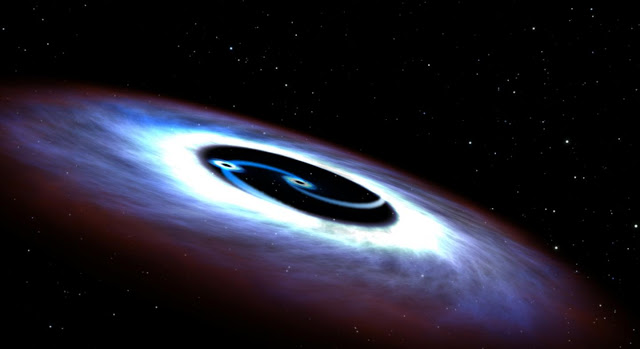| Online: | |
| Visits: | |
| Stories: |

| Story Views | |
| Now: | |
| Last Hour: | |
| Last 24 Hours: | |
| Total: | |
Two Black Holes Found in Quasar Nearest Earth
OU astrophysicist and his Chinese collaborator used observations from NASA’s Hubble Space Telescope to find two supermassive black holes in Markarian 231.

Credit: Space Telescope Science Institute, Baltimore, Maryland
“We are extremely excited about this finding because it not only shows the existence of a close binary black hole in Mrk 231, but also paves a new way to systematically search binary black holes via the nature of their ultraviolet light emission,” said Lu, National Astronomical Observatories of China, Chinese Academy of Sciences.
“The structure of our universe, such as those giant galaxies and clusters of galaxies, grows by merging smaller systems into larger ones, and binary black holes are natural consequences of these mergers of galaxies,” said Dai.
So over time, the two black holes discovered by Dai and Lu in Mrk 231 will collide and merge to form a quasar with a supermassive black hole. A quasar is an active galaxy with an illuminated center, which is short lived compared to the age of the universe.
Contacts and sources:
University of Oklahoma
Source:



